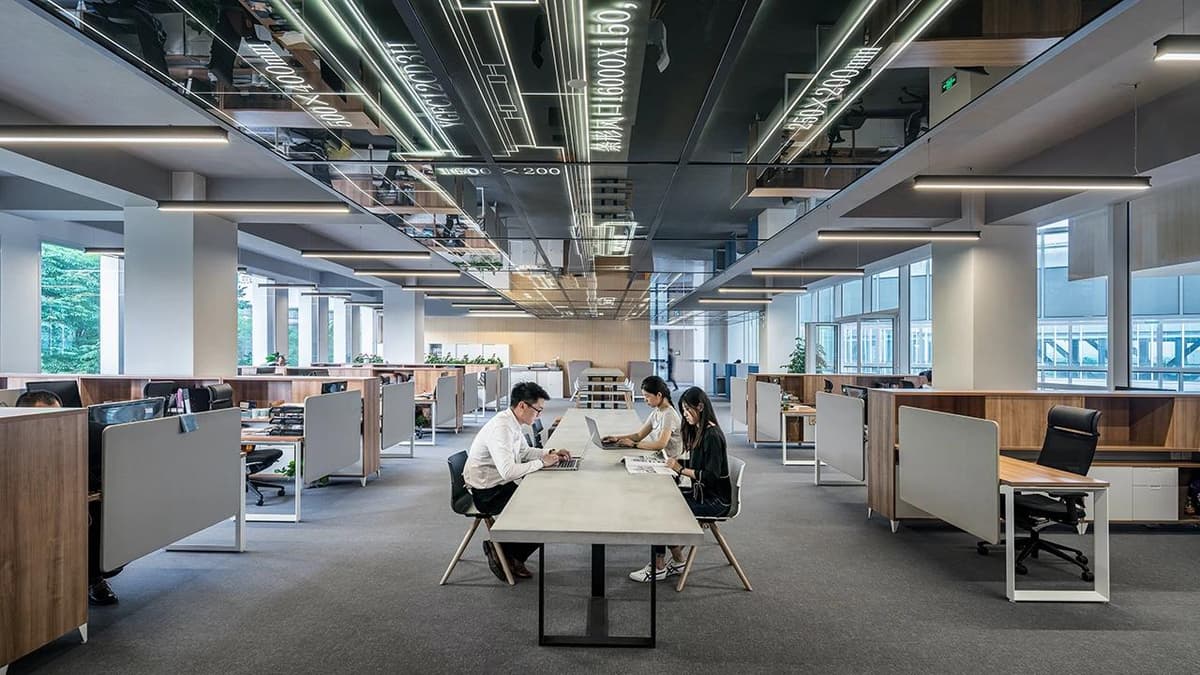FCR (First Call Resolution)
First Call Resolution (FCR), also known as One Call Resolution, is a key metric used by businesses, especially in the service sector. It represents the percentage of incoming calls that a service representative resolves completely without the need for the caller to call back regarding the same issue.
A high FCR rate is desirable as it reflects the company's efficiency in addressing problems, which boosts customer satisfaction and benefits the company's financial health. Efficient issue resolution on the first contact saves time and manpower.
The Importance of FCR
FCR is vital for any company due to its direct link to customer satisfaction. A high FCR rate usually relates to high customer satisfaction, while a low FCR can signal dissatisfaction from unresolved issues requiring multiple interactions.
Cost efficiency also plays an important role in encouraging FCR. When issues are resolved on the first contact, it reduces the workload on customer service representatives, lowering operational costs.
Measuring FCR
The formula to calculate FCR is:
Html
Measuring FCR can be complex. Different interpretations of what counts as a 'first call' and what is considered a 'resolved' call can vary.
For example, if a customer resolves a problem but calls back for clarification on the instructions, is that first call still deemed ‘resolved’? How a business defines these terms can significantly affect their FCR rate.
Increasing FCR
Several strategies can enhance FCR rates in an organization. Training customer service representatives to effectively handle common issues can lead to substantial improvements in FCR rates. Implementing quality assurance measures and periodic call reviews can highlight areas needing improvement.
Tools that identify root causes of common customer problems are also helpful. Recognizing these frequent issues allows for targeted changes and training.
A comprehensive knowledge base can significantly enhance FCR. An easily accessible database allows representatives to quickly find solutions to customer inquiries.
FCR and Technology
The rise of artificial intelligence (AI) and machine learning (ML) can greatly improve FCR rates. These technologies automate processes and enable systems to learn from past interactions, enhancing response quality over time. By incorporating these technologies, businesses can improve the efficiency of their call centers and boost FCR rates, increasing customer satisfaction.
Technology also supports self-service options, allowing customers to find answers independently, which eases the burden on customer service and counts toward the FCR rate.
FCR is a critical metric for assessing customer satisfaction and operational efficiency. Improving FCR rates involves strategic planning and investment, yielding significant benefits for customer loyalty and operational costs.
With ongoing advancements in technology, businesses have multiple tools and processes available to address customer issues effectively during the first interaction. This contributes to a strong business reputation and long-term customer satisfaction.
Organizations focused on enhancing customer experience should prioritize FCR as a fundamental aspect of their customer service strategy.












